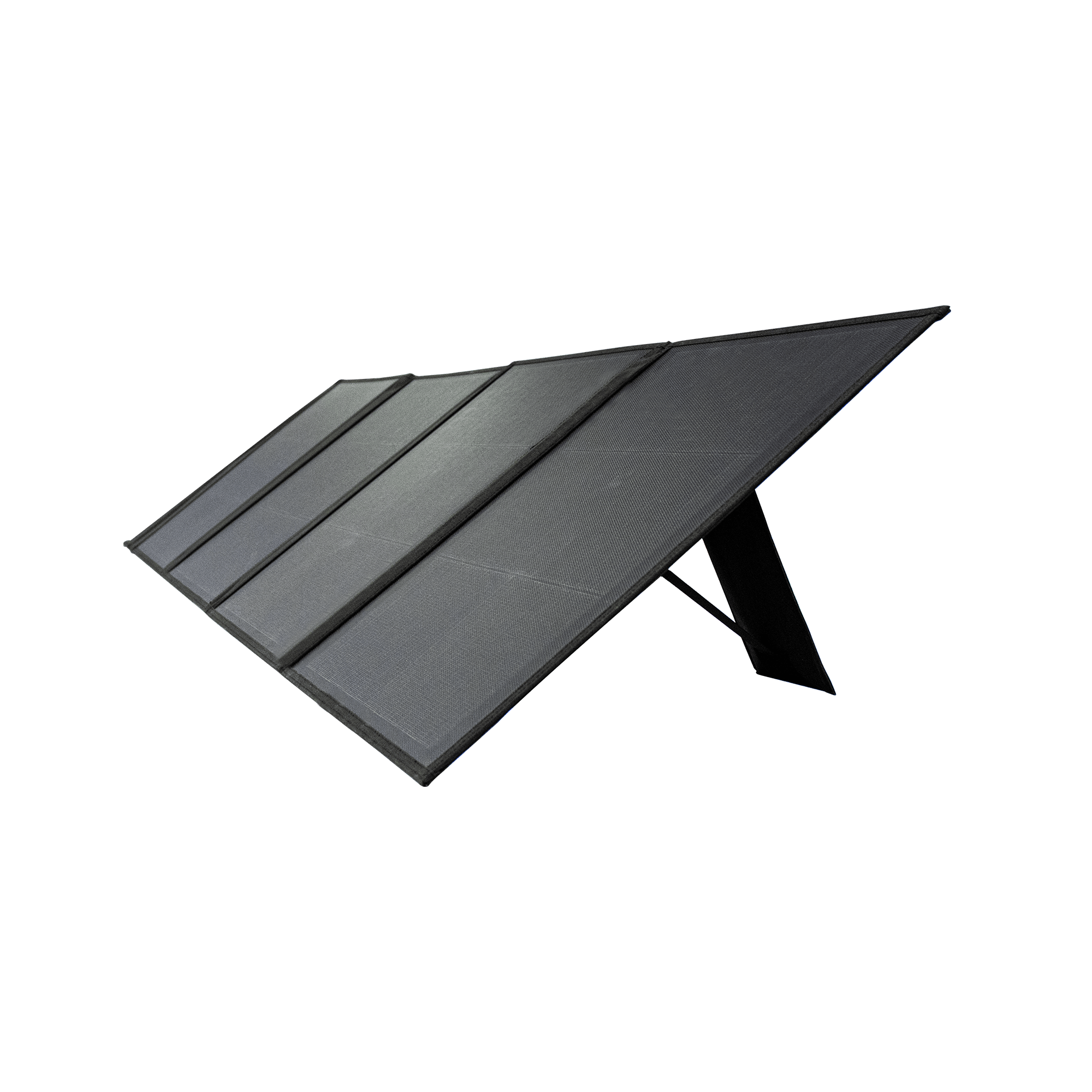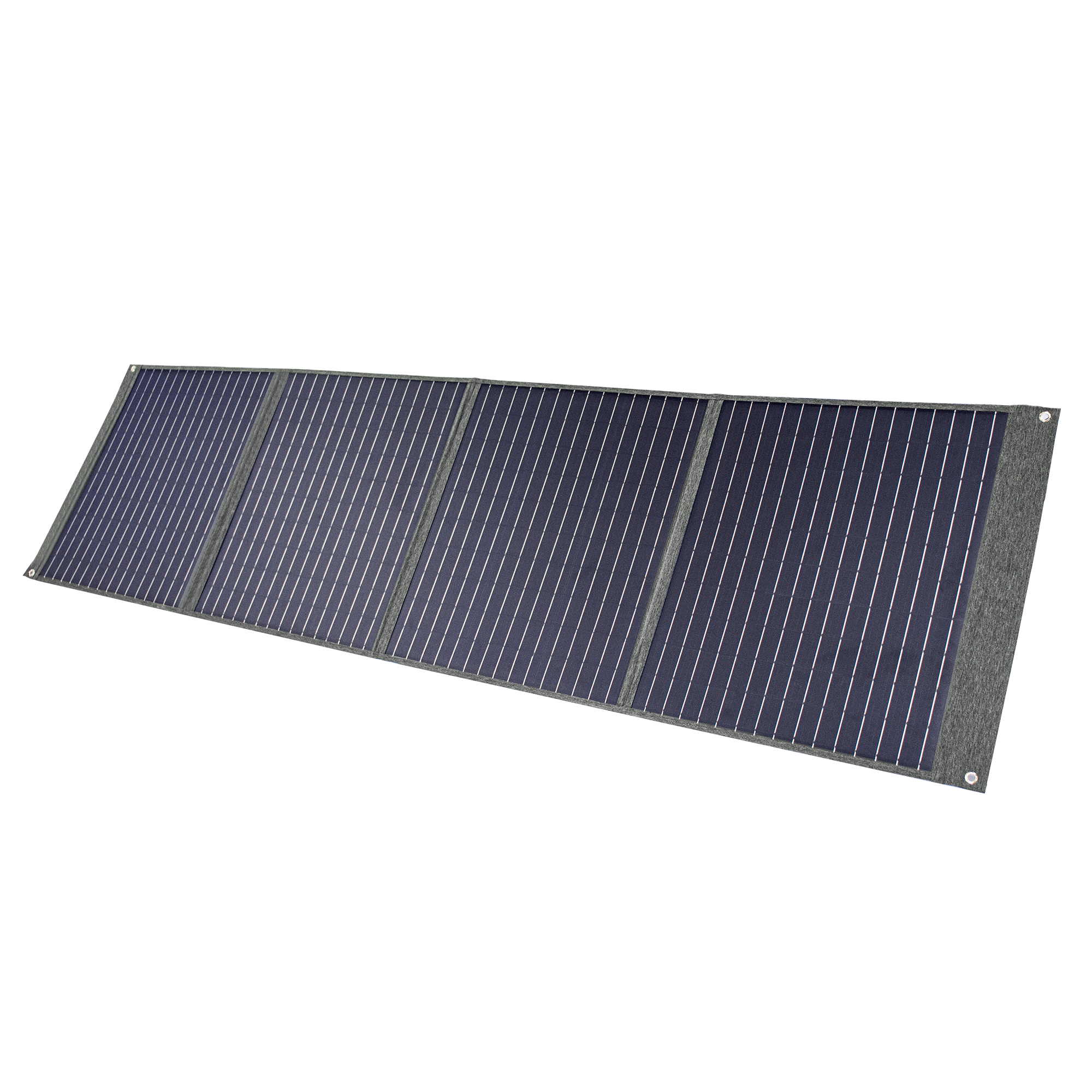Email cannot be empty
Password cannot be empty
Email format error
Email cannot be empty
Email already exists
6-20 characters(letters plus numbers only)
The password is inconsistent
Email format error
Email cannot be empty
Email does not exist
6-20 characters(letters plus numbers only)
The password is inconsistent


The solar panel is a device that directly or indirectly converts solar radiation energy into electrical energy through the photoelectric effect or photochemical effect by absorbing sunlight. The main material of most solar panels is "silicon". However, due to the high production cost, its widespread use has certain limitations.
At present, crystalline silicon materials (including polycrystalline silicon and monocrystalline silicon) are the most important photovoltaic materials, with a market share of more than 90%, and will remain the mainstream materials of solar cells for a long time to come.

The average photoelectric conversion efficiency of monocrystalline silicon solar cells is about 18%, and the maximum can reach about 25%. This is the highest photoelectric conversion efficiency of all kinds of solar cells. But the production cost is so high that it cannot be widely used. Monocrystalline silicon is generally packaged with tempered glass and waterproof resin, so it is sturdy and durable, with a service life of up to 25 years.
The manufacturing process of polycrystalline silicon solar cells is similar to that of monocrystalline silicon solar cells. However, the photoelectric conversion efficiency of polysilicon solar cells will be reduced by about 16%. In terms of production cost, it is cheaper than monocrystalline silicon solar cells. The materials are easy to manufacture, saving power consumption, and the total production cost is low, so it has been developed in large numbers. In addition, the service life of polycrystalline silicon solar cells is shorter than that of monocrystalline silicon solar cells. In terms of performance price ratio, monocrystalline silicon solar cells are slightly better.
Amorphous silicon solar cell is a new type of thin film solar cell that appeared in 1976. It is completely different from the production method of monocrystalline silicon and polycrystalline silicon solar cells. The process is greatly simplified, the silicon material consumption is small, and the power consumption is lower. Its main advantage is that it can also generate electricity under weak light conditions. However, the main problem of amorphous silicon solar cells is the low photoelectric conversion efficiency. The international advanced level is about 10%, and it is not stable enough. With the extension of time, its conversion efficiency declines.